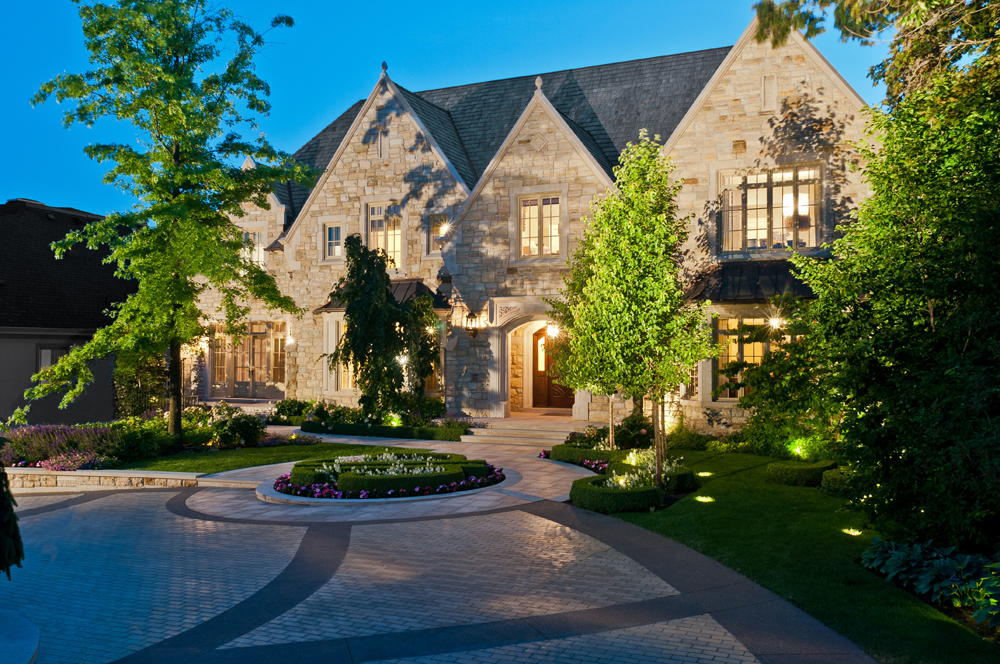Architectural Control & Heritage

2016
Toronto is a city whose roots run deep. Founded in 1793, two of its first streets were Yonge and Dundas; its first houses were mostly in the neighbourhood near the St. Lawrence Market and Parliament St. This is one of the cool things about living in Toronto: you’re living in a city that has a rich and lengthy history—a history which the City preserves through various heritage initiatives.
For you, as a homeowner in Toronto, this can introduce some unique aspects to any residential architecture projects you undertake: many of the city’s buildings are protected, including several entire neighbourhoods. If your own property falls into one of these categories, you’ll be required to navigate a complex sea of regulations when planning any renovations or modifications to your property. These regulations exist to ensure that the character of your home or your community remains relatively intact following any architectural work done to it.
If you are planning a residential architecture project in Toronto, here are some things you should know about the architectural control and heritage considerations involved.
Building in Toronto Neighbourhoods
Some neighbourhoods in Toronto are designated as Heritage Conservation Districts: Rosedale, Cabbagetown, Harboured Village, the Union Station Area. (Some Lawrence Park residents are currently campaigning to have it designated in this way as well.) Moreover, there are a number of individual homes throughout the City that are also preserved for various reasons of heritage—with over 13,000 houses across Toronto designated in this way! If you’re planning a renovation or building project on a Toronto home, you’ll want to start by establishing whether your property is or isn’t already protected for reasons of heritage. Moreover, if you’re in a neighbourhood like Rosedale, where heritage preservation encompasses the whole area, you’ll want to establish exactly what class your property falls under—A, B, C or unrated—since this will affect what you’re able to build on your property on the exterior sides which are visible to the public in particular.
Working with a Heritage Property
Once the designs of your residential architecture project have been drafted, you’re going to require a Heritage Impact Statement; your project’s designs will need to be presented and justified to a panel of City representatives to make sure that the heritage aspects of your property will be respected during the project. And though you might assume that any additions have to be indistinguishable from the original building (a Georgian addition to a Georgian home, for example), this actually isn’t always foremost among the City panel’s priorities.
Heritage Properties & The Value of Expertise
Now, working with a heritage property may sound cumbersome—and, indeed, if your vision of a dream home is one that’s been conceptualized and built from the ground up, then a heritage property is likely going to be a non-starter for you. But if you are having work done on a heritage property, you don’t have to shoulder these burdens yourself. By bringing in an experienced residential architect like Lorne Rose, you’re not only getting an architect: you’re also getting someone who knows how to negotiate the myriad, complex processes of seeing the project through.
When Lorne is working on a residential architecture project on a heritage property, he assumes the responsibility of working with the City to get your project approved. An architect like Lorne will keep the client abreast of all developments, but will handle the heavy lifting of negotiating with the city himself. And the negotiations are just that: a push and pull, a give and take. The City may push, but that doesn’t mean that the architect can’t push back. By bringing in a respected veteran of Toronto architecture, you’re also getting someone who has cultivated long-standing and productive relationships with the key City stakeholders: Lorne believes in the importance of commending people for a job well done, and has earned the trust and goodwill of City staff by privately commending them for constructive involvement on numerous residential architecture projects.
Toronto is a city with a rich and storied heritage. This is one of its great selling points. But, for residents of Toronto, it’s not without its complexities. As a homeowner wanting to build on your property, you may find yourself stymied by red tape. If you do, consider the value of hiring someone who has a long history of cutting through it.
Categorized in: Architecture News
